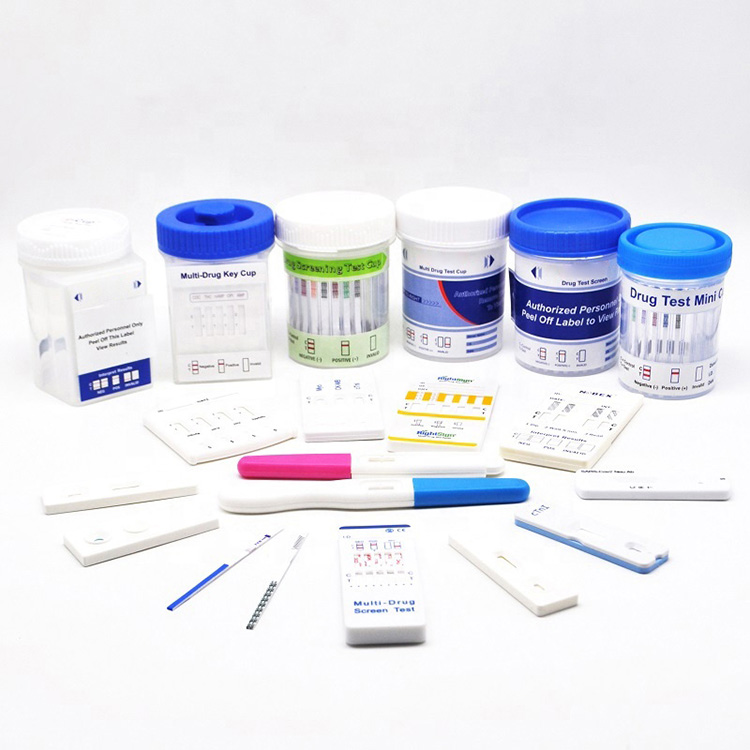Diagnostic Medical Rapid-antigen-detection-test Kit
Diagnostic medical rapid-antigen-detection-test kit: In October 2006, WHO and a number of partners launched an integrated response strategy for the four highest-burden diseases, bringing new hope to millions of people affected by these diseases. The four diseases are onchocerciasis, lymphatic filari......
Send Inquiry
Product Description
Diagnostic medical rapid-antigen-detection-test kit: In October 2006, WHO and a number of partners launched an integrated response strategy for the four highest-burden diseases, bringing new hope to millions of people affected by these diseases. The four diseases are onchocerciasis, lymphatic filariasis, schistosomiasis, and soil-borne helminths. The new strategy, launched with the support of more than 25 partner organizations, has at its core the provision of preventive chemotherapy. These four diseases can be prevented with medicines provided free of charge or at a substantial discount by the pharmaceutical industry. These drugs are effective and safe and can be provided as preventive medicine to all affected communities without costly case detection and diagnosis.
The Applications of a Diagnostic Medical Rapid Antigen-Detection Test Kit:
Schistosomiasis: Infected more than 200 million people. About 120 million of them have symptoms, and about 20 million are seriously ill.
Lymphatic filariasis: Affects an estimated 120 million people. The disease is the second leading cause of disability worldwide.
Blinding trachoma: Approximately 80 million people are infected, 6 million of whom go blind. The disease is the leading cause of infectious blindness worldwide.
Onchocerciasis Affects about 37 million people, the vast majority in Africa. The disease causes severe dermatitis, visual impairment, or blindness and can shorten life expectancy by as much as 15 years.
Chagas disease Affects about 13 million people, mostly in Latin America. As a result of migration, blood transfusions, congenital transmission and organ donation, the disease has emerged in areas previously thought to be free of it, as well as in non-endemic countries, making control and surveillance efforts urgently needed.
Leishmaniasis: More than 12 million people are infected in 88 countries in Africa, Asia, Europe and the Americas. Who estimates that 350 million people are at risk, with 1.5 million to 2 million new infections each year. Visceral leishmaniasis, the most severe form of the disease, which can be rapidly fatal, is a worrying global trend.










